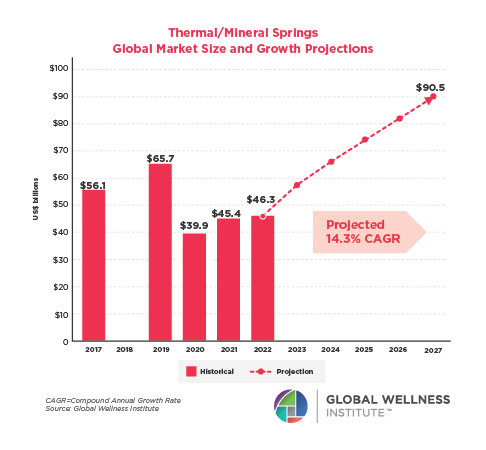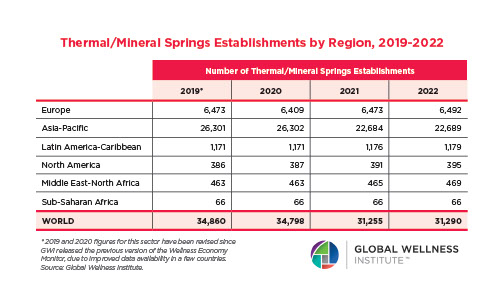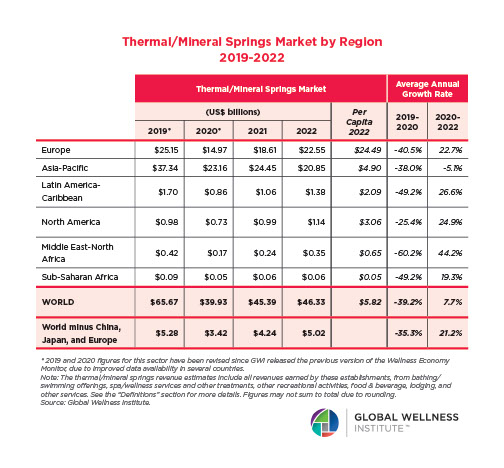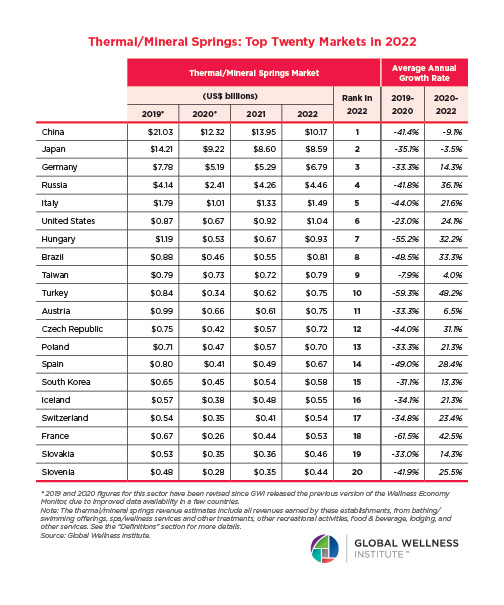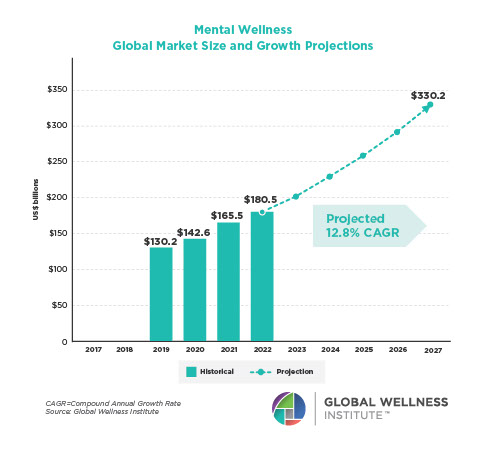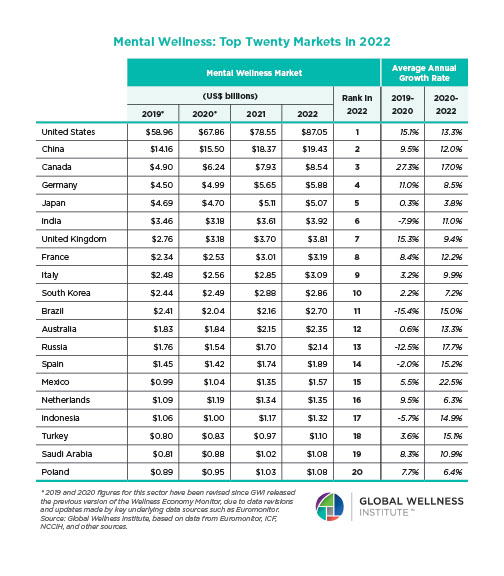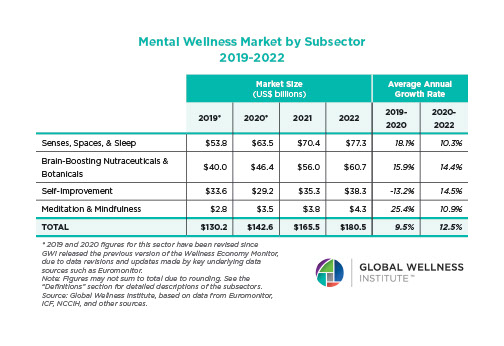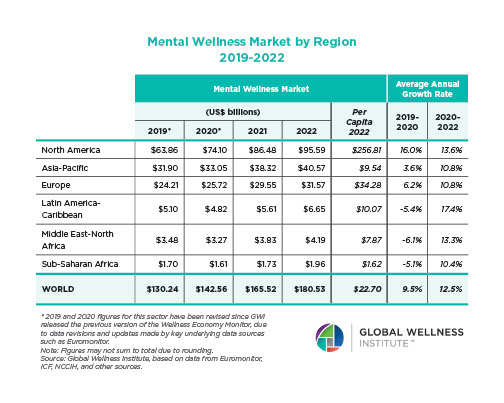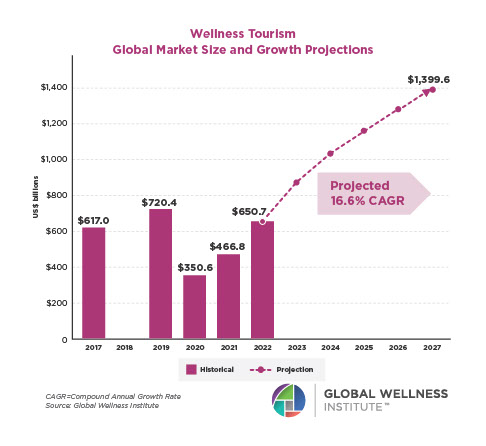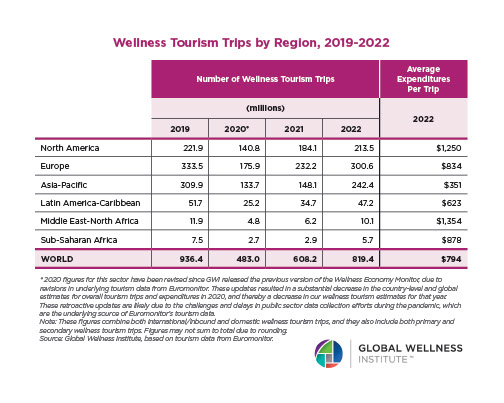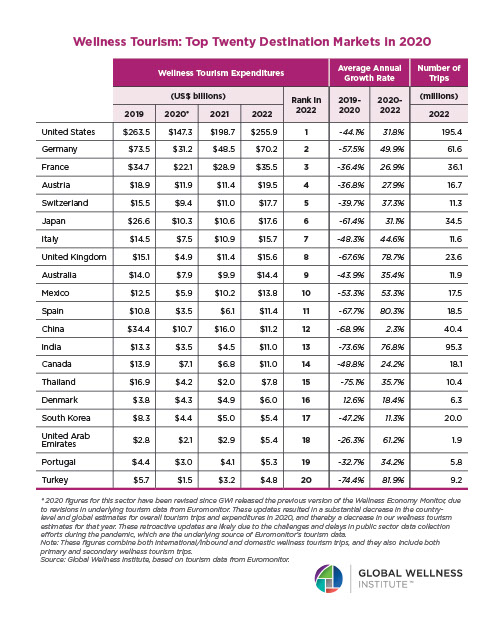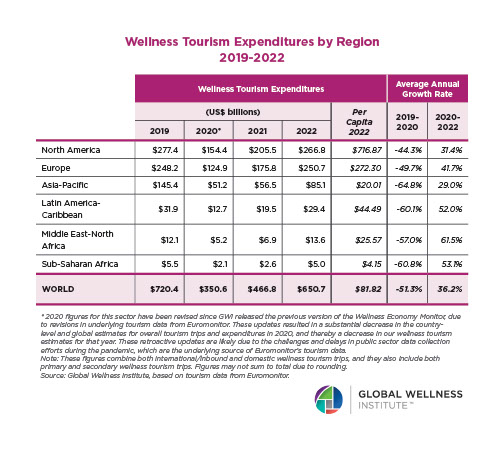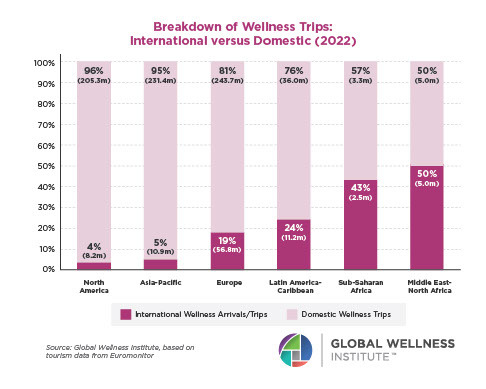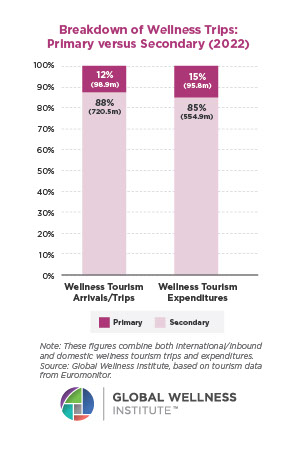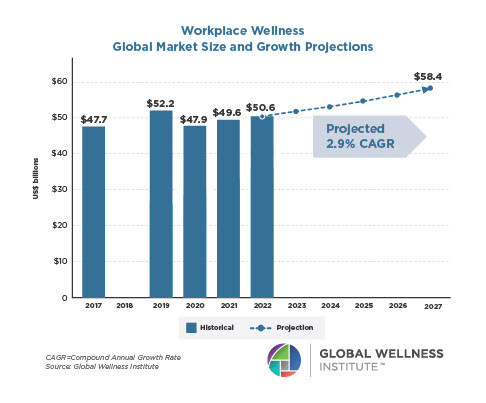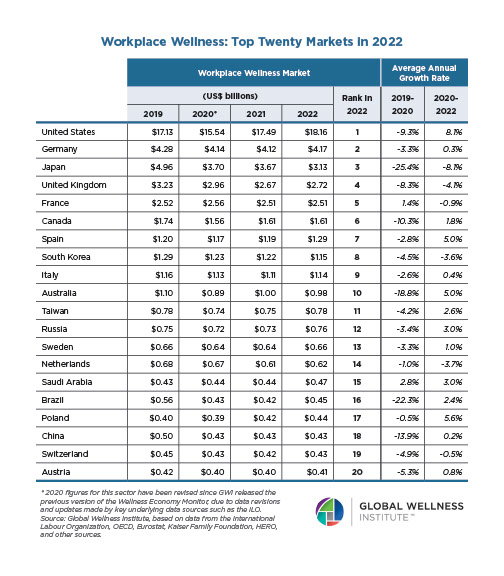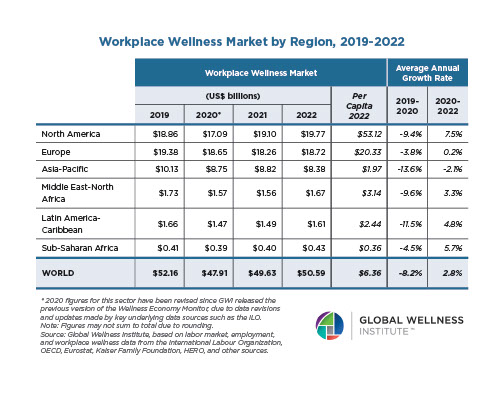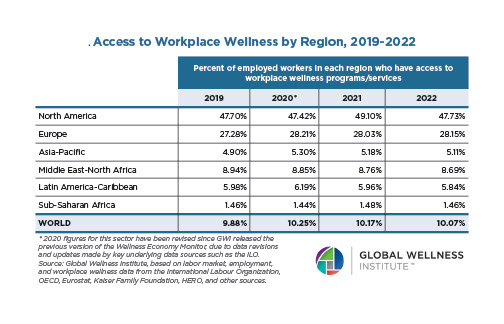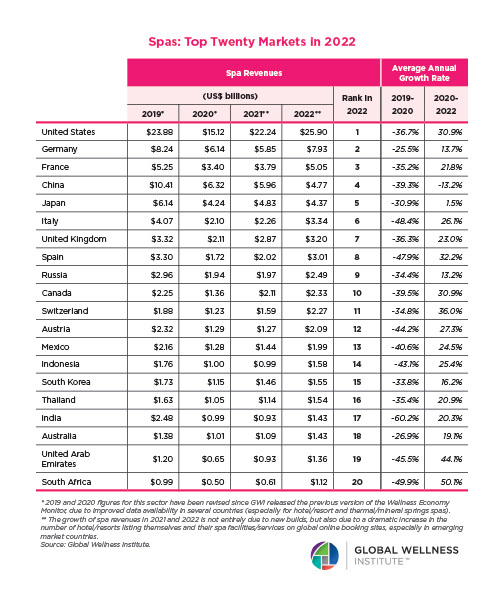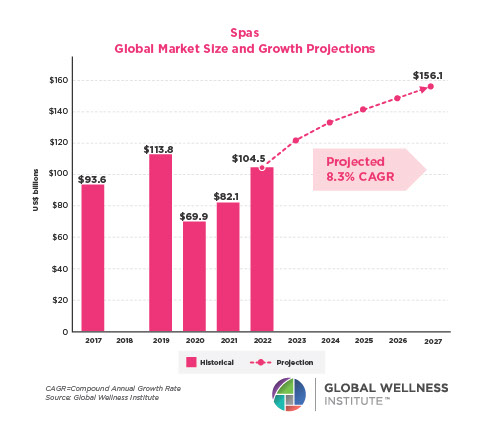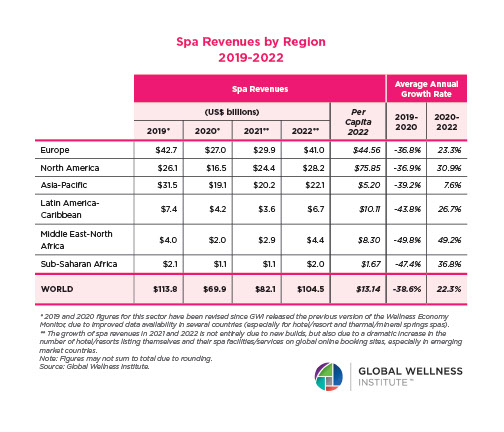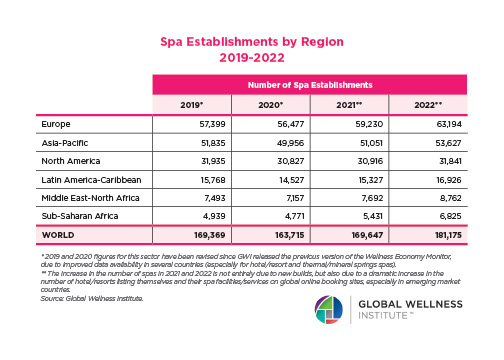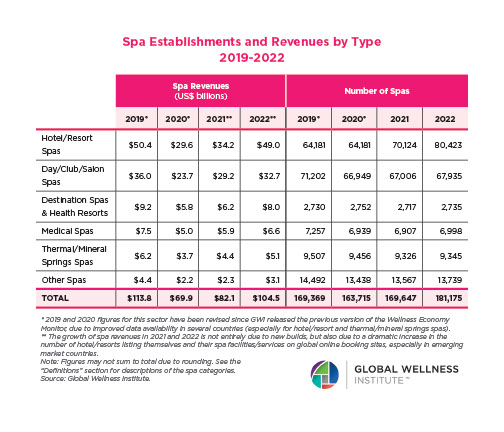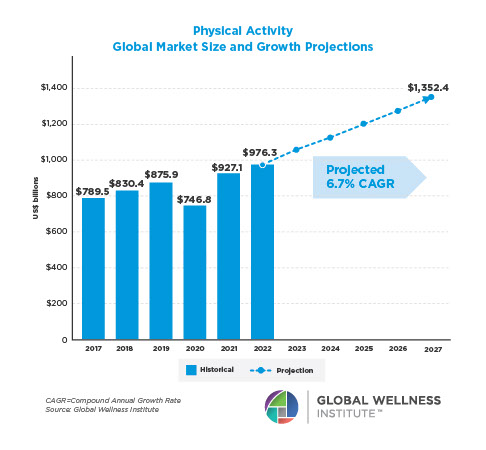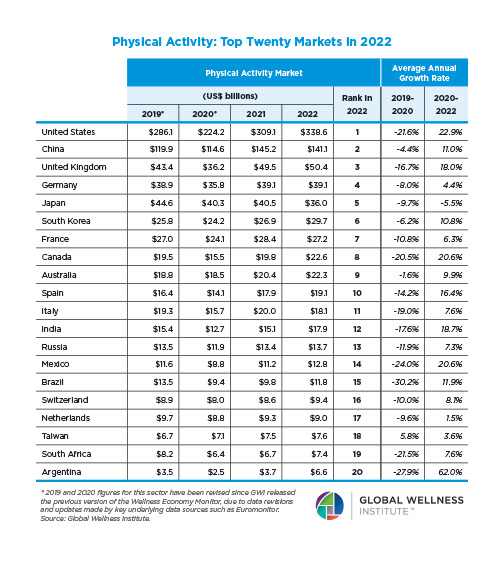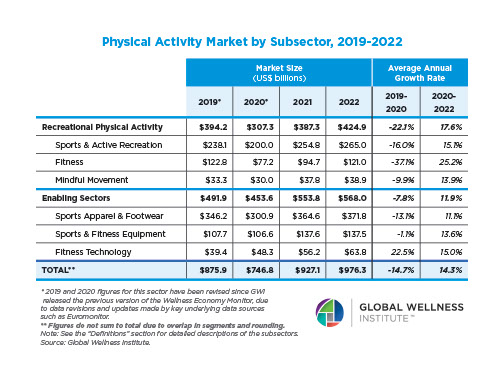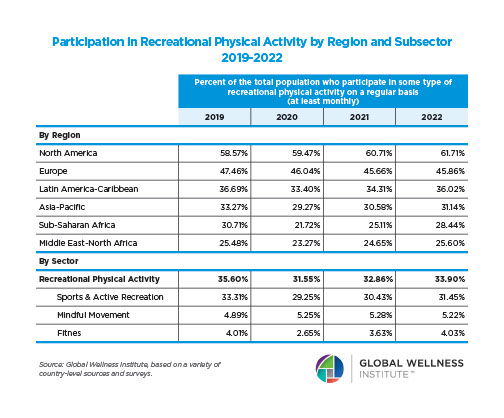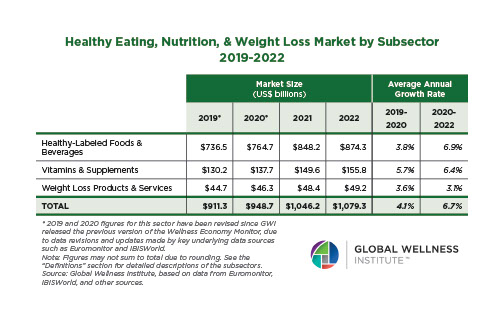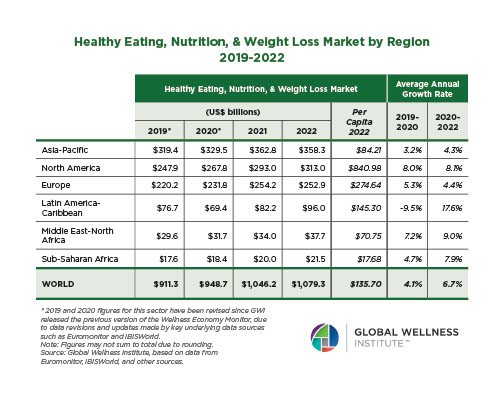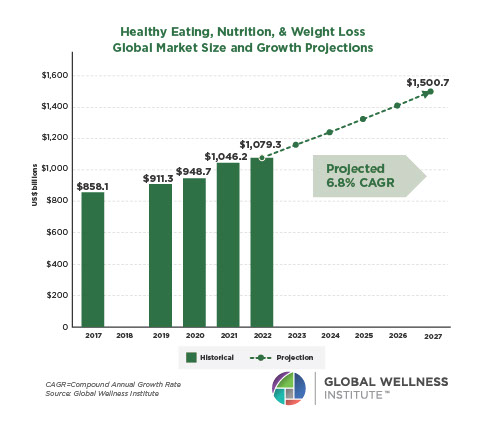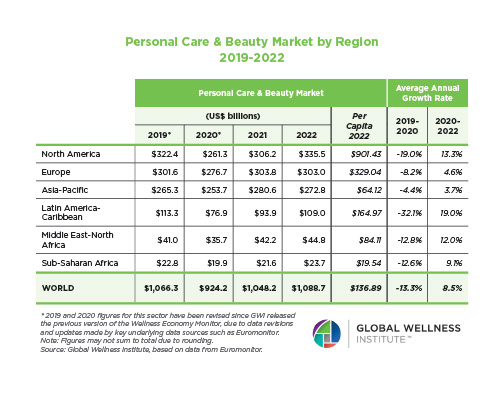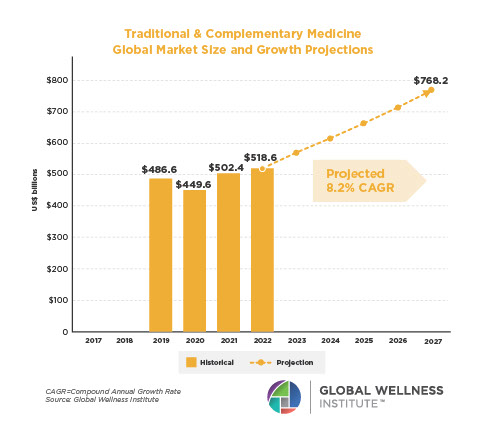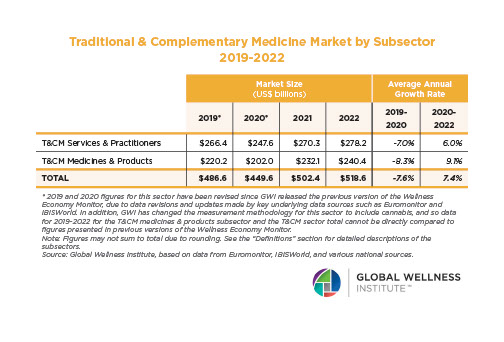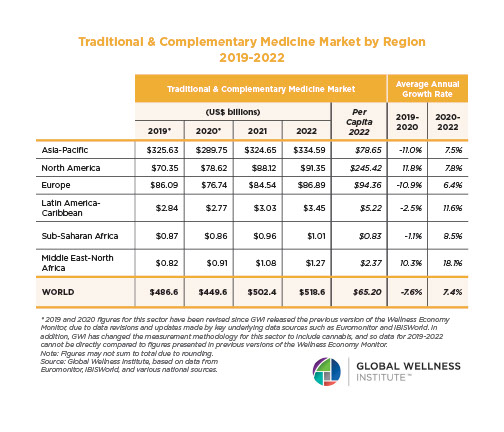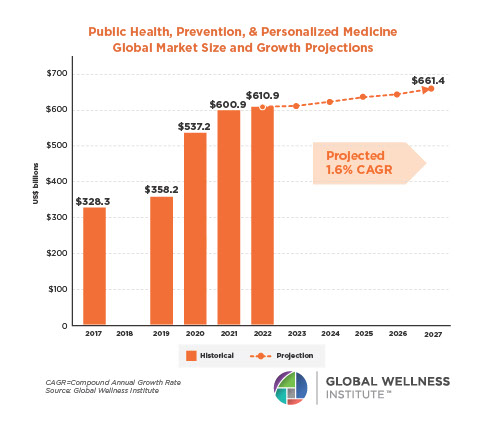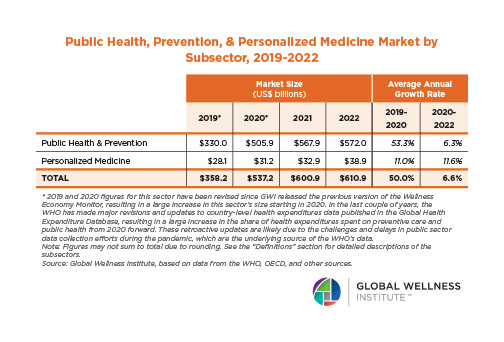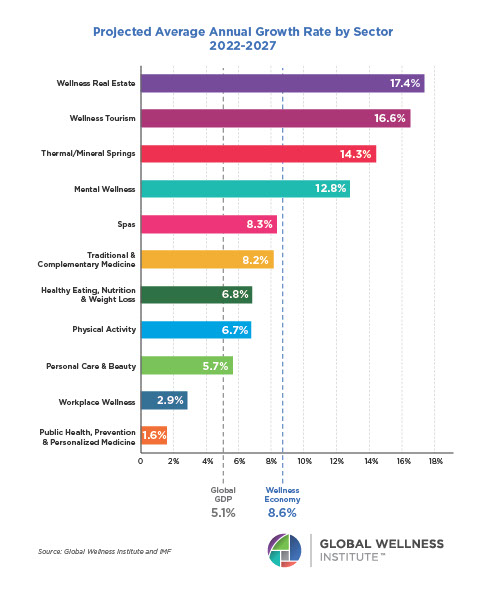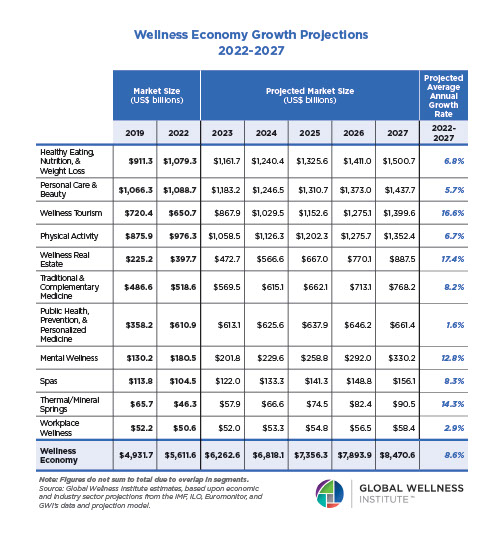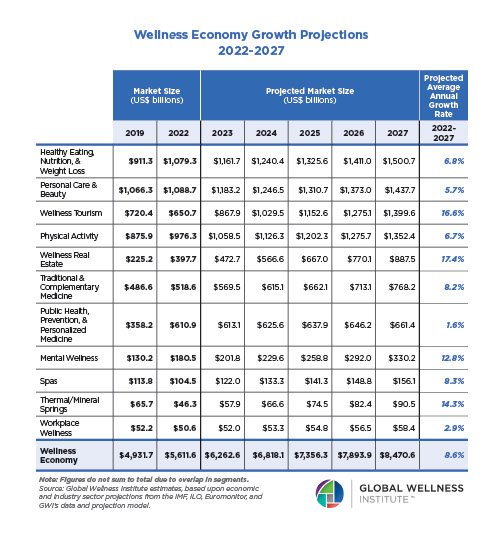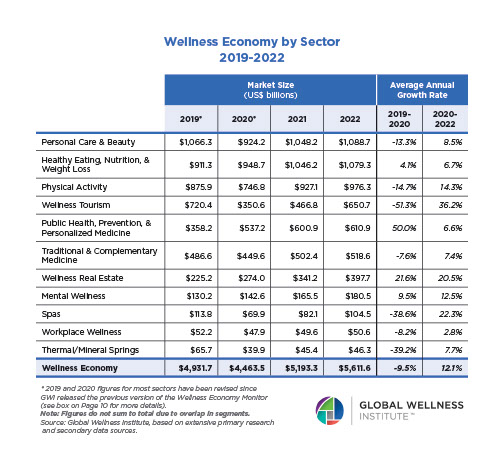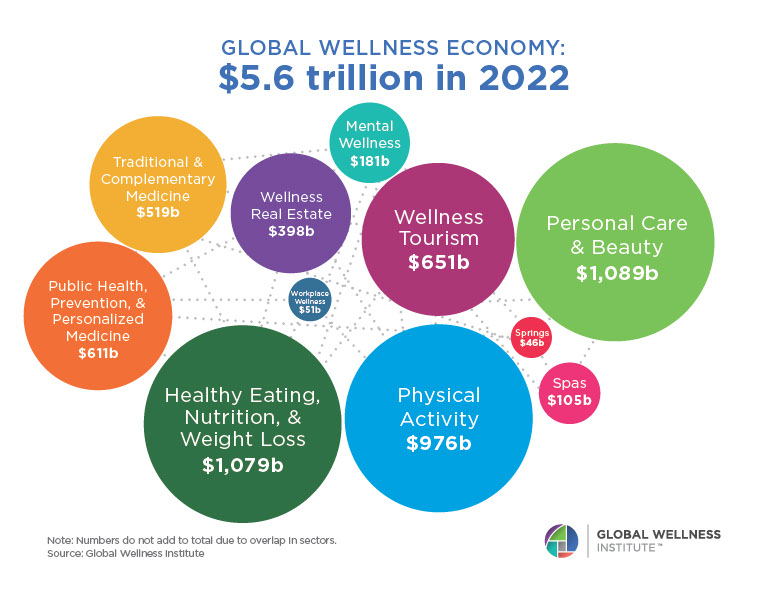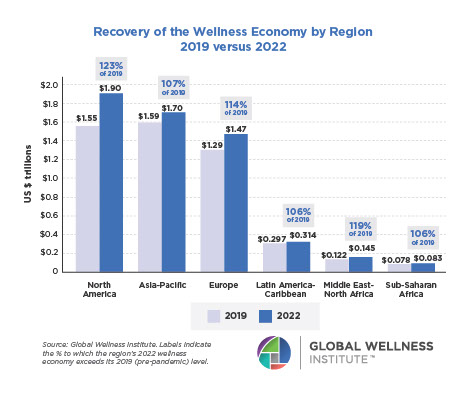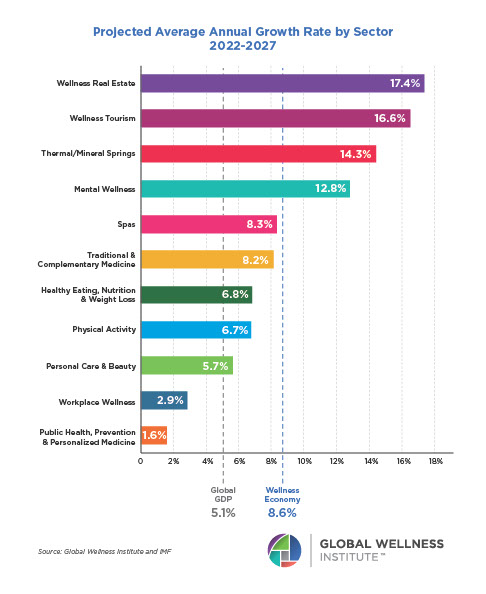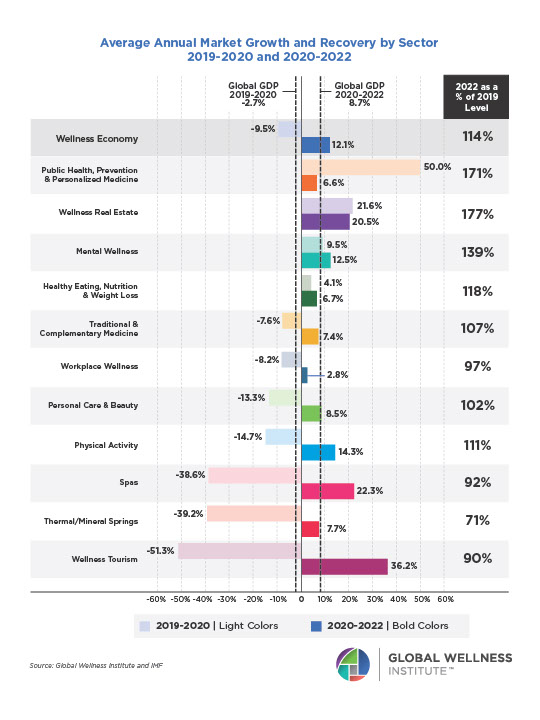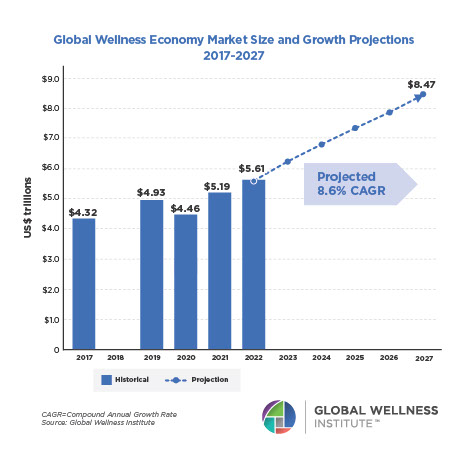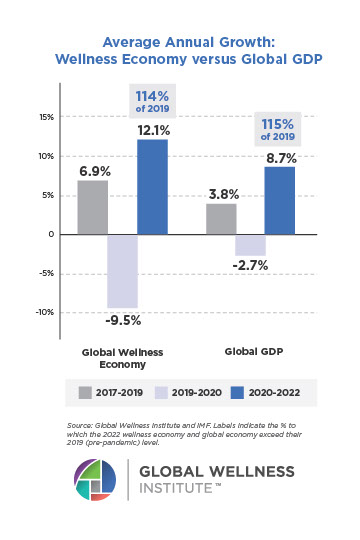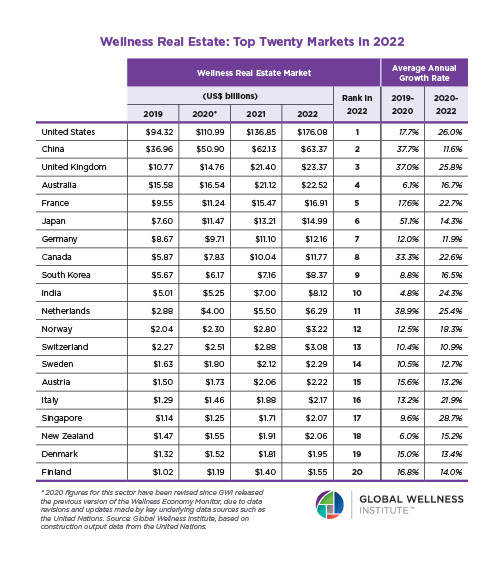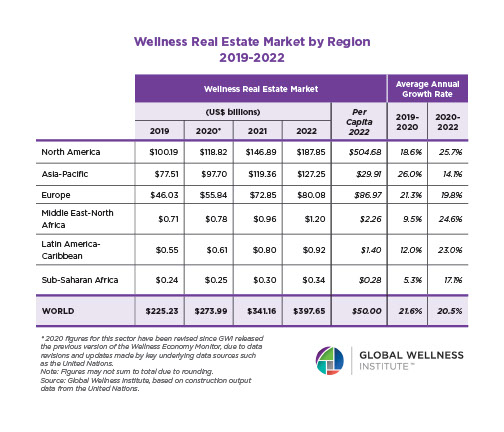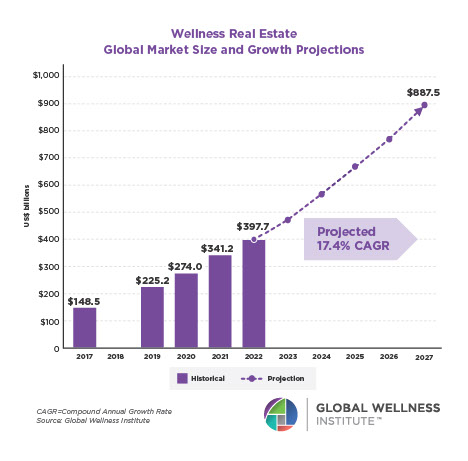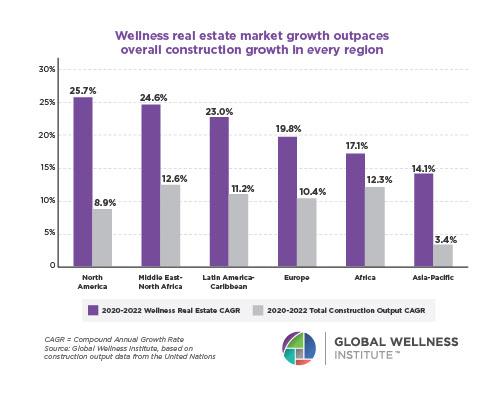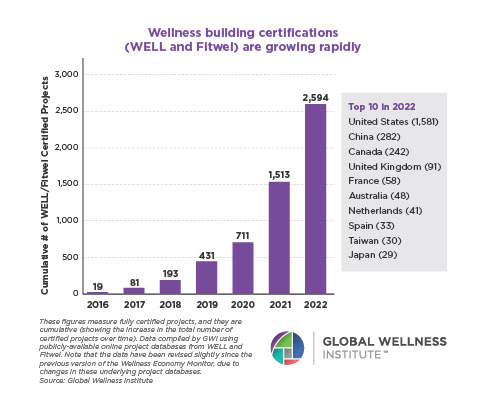Aesthetic Health Initiative
2025 Trends
![]()
Simply stated, aesthetic health is the art and science of understanding how the signs and symptoms of beauty impact our lives. The term aesthetic is defined as the philosophy of beauty, and so it makes sense that today’s definition is more of an umbrella term and continues to expand. As we review the trends in beauty and health, the focus aligns with the general population’s goals to live healthier overall, be attractive (as one may define it), and lead a long life. Understanding the nuances of neuro-aesthetics is growing more popular. The science behind the question of what affects our brains and how we perceive art, architecture, and other beauty-filled spaces is being explored by our esteemed committee member, Dr. Anjan Chatterjee, founding director of the Penn Center for Neuro-Aesthetics at the Perelman School of the University of Pennsylvania. At its earliest it has been associated with humans since prehistoric times. Better teeth, clear skin, beautiful hair, and a healthy body have always represented one’s ability to maintain strong family lines and ensure longevity, a constant pursuit in the quest of mankind. Embracing the influence of beauty on our brains and how that ties into our overall health will take us to new heights in understanding aesthetic health.

Aesthetic health is for everyone, regardless of culture, and our top five trends for 2025 depict a beautiful and accessible future.
TREND 1: The Basic Science of Neuro-Aesthetics Is Evolving to Ask Questions Beyond Beauty
The reward system is deeply involved in aesthetic appreciation. The ventral striatum, including the nucleus accumbens, shows increased activity for pleasing and preferred objects. This reward circuitry, which usually releases dopamine, endogenous cannabinoids, and opioids in response to biologically significant pleasures, is activated by beautiful faces, artwork, music, and even pleasing architectural spaces. However, aesthetics often goes beyond pleasure and liking, and incorporates nuanced emotions. In some instances, negative emotions can contribute to powerful aesthetic experiences, such as a sense of anxiety embedded in the experience of awe. Researchers in the US and Europe are uncovering a more complex cocktail of emotions experienced in aesthetic encounters.
The rise in neuro-cosmetics and the mind/skin connection will bring forward compounds that interact with the skin’s receptors to affect emotional states and link psychological health and skin care positively. This will support the expanding wellness industry by furthering emotional wellbeing and stress reduction, encouraging more businesses to draw on all five senses and produce services and products that are a pleasure to buy and consume.
Resources
- Menninghaus, W., Wagner, V., Wassiliwizky, E., Schindler, I., Hanich, J., Jacobsen, T., & Koelsch, S. (2019). What are aesthetic emotions? Psychological review, 126(2), 171.
- Fingerhut, J., & Prinz, J. J. (2020). Aesthetic emotions reconsidered. The Monist, 103(2), 223-239.
- Christensen, A. P., Cardillo, E. R., & Chatterjee, A. (2023). What kind of impacts can artwork have on viewers? Establishing a taxonomy for aesthetic impacts. British journal of psychology, 114(2), 335-351.
- Stamkou, E., Keltner, D., Corona, R., Aksoy, E., & Cowen, A. S. (2024). Emotional palette: a computational mapping of aesthetic experiences evoked by visual art. Scientific Reports, 14(1), 19932.
TREND 2: The Evolution of Sunscreen
Mineral-based sunscreens are on the rise, with the clean beauty movement contributing to increased awareness. Improved formulations are making mineral sunscreens more cosmetically acceptable. Denis K. Dudley, MD, FRCS(C), a board-certified OB-GYN, is one of the experts who has long highlighted the risks associated with petrochemical sunscreens containing soluble organic UV filters (SOUVF). “They permeate the skin to reach every cell, including the brain and fetus. The FDA showed that two weeks of oxybenzone attained a level 259 X, their mandatory level for toxicity testing. Consider the effect from daily or frequent use over years,” Dr. Dudley explains. “Some dermatologists and physicians are now recommending mineral sunscreens more often, especially for women of childbearing age or those in pregnancy, for children and adolescents, and for couples trying to conceive. The Endocrine Society, the American Pediatric Society, and others lend their influence.”
This year, we will also see innovations and more products specifically targeting photoaging. Among the new products coming to market this year, one pioneering brand is advancing formulations to enhance vitamin D receptors in the skin alongside new ingredients for DNA repair and epidermal stem cell protection, paving the way for a new generation of sun protection and much more.
Resources
- Dudley DK, Laughlin SA, Osterwalder U. Spectral Homeostasis – The Fundamental Requirement for an Ideal Sunscreen. Curr Probl Dermatol 2021; 55:72-92
- https://www.thesunscreendoc.com/
TREND 3: A New Focus on Psycho-Dermatology
Understanding how the brain and body interact to affect our physical health and the way we feel about our appearance
The question of how our psychological and physiological states interact to affect our skin’s condition, our body’s general health, and our general wellbeing continues to gain momentum. The next chapter in the pursuit of wellness for aesthetic health will be the mind/body beauty connection, where mental wellbeing and physical health are increasingly intertwined. The acceleration of the mind/body connection will encourage more brands, spa operators, and wellness professionals to enhance the wellness journey with neuro-cosmetics that incorporate stress-relieving techniques, healing practices, and revised routines to accelerate this understanding. People will be willing to pay more for products that have mood-boosting qualities. Looking good makes people feel more confident and maintaining good mental wellbeing is key to overall health.
Our current circumstances continue to highlight these ideas, and beauty presents an opportunity to improve and target this space with innovations such as edible and drinkable beauty, biometric screening in spa and wellness settings, skin immunity, and a broader emphasis on integrative wellbeing. Integrative medicine practitioners will be aware of the role that stress plays in disease, and we will continue to see the intersection of medicine and wellbeing converge for stress management as well as a preventative tool for skin conditions like acne, rosacea, and premature aging.
*Did you know that the brain and skin have the same embryonic origin? Skin and brain form at the same time on day 21 of the embryo, with the outermost part of the embryo—the ectoblast—giving rise to the nervous system and the epidermis. Your skin is therefore a sort of extension of the brain. Its nerve architecture is extremely complex, with no less than 800,000 neurons, 11 meters of nerves and around 200 sensory receptors per cm3. This connection makes it impossible to dissociate the psychic realities that each of us undergoes on a daily basis from the physical ones concerning our skin. (Prof. Laurent Misery, Head of the Department of Dermatology at the University Hospital of Brest, France)
TREND 4: Consumers Expect Less Invasive, *Proven Effective Medical- Aesthetic Practices, Treatments and Products
Significant developments in consultation and skin diagnostics are expected to continue in 2025, with advanced 4D consultations, AI, and more in-depth skin diagnosis. According to a recent McKinsey report, sound science and data-backed products and services are not just hoped for by consumers—they are expected.
We will see the continued inclusion of the microbiome, and a new wave of regenerative biotherapeutics featuring bioactive proteins, growth factors, and nucleic acids will take center stage for skin and hair rejuvenation. Exosomes can provide similar benefits to stem cell therapy without many of the unwanted side effects. Polynucleotides help improve skin tissue on a cellular level. Hi-tech performing cosmetics brands will focus more on innovative delivery systems rather than on new ingredients for optimum efficacy and outcomes. They will introduce new ways to innovate with legacy ingredients and equipment.
Resources
- Mckinsey & Company: The Trends Defining the $1.8 Trillion Global Wellness Market in 2024. January 16, 2024
The field of aesthetic health, particularly in medical aesthetics, has been experiencing significant trends and advancements. There’s a growing preference for less invasive treatments that offer minimal discomfort and require little to no downtime. This trend reflects a shift towards procedures that can be done quickly, often in an outpatient setting, with rapid recovery times. This is driven by factors such as advancements in technology, growing awareness about aesthetic treatments, and an aging population seeking anti-aging solutions. (Prof Patrick Treacy Medical Director Ailesbury Clinics MICGP, MBCAM, H. Dip Dermatology, DRCOG, DCH, LRCSI, DTM MB BCh)
TREND 5: A Holistic, Integrative Approach to Singular Issues
As the concept of wellness evolves into a whole-person approach to health, 2025 will likely witness an increasing trend where specific issues are addressed through multiple modalities. Take skin health, for example. Instead of relying solely on specific skincare treatments for physical concerns, holistic approaches that incorporate aspects such as diet, sleep, and mental health will become a standard part of the wellness examination. Addressing aesthetics will involve an approach that encompasses the mind, body, and spirit, linking the concept of improving appearance to enhancing overall wellbeing. Similarly, physical products that extend benefits to mental states will gain heightened attention. For instance, food and beverages with ingredients beneficial for digestion that also enhance mood, or cosmetics that improve physical appearance but also boost self-confidence and nurture self-care, will continue to spotlight the expansion from traditional to new aesthetics that encompass elevated mental states.
Trend 6: Respected Traditional Ingredients Combined with Modern Innovations Consumers want innovations, but they also increasingly want the familiar effectiveness of the ingredients and practices they have come to trust over time. In 2025, we will continue to see more products and lifestyle management approaches inspired by traditions rooted in ayurveda, homeopathy, traditional Chinese medicine, and Amazonian practices. Products will blend herbal and plant medicine with modern science, offering solutions that address physical, mental, and spiritual wellbeing. A trend signifying the fusion of ancient wisdom and modern scientific advancements.
Resources
- Eating for Wellness Will Be a Lot Simpler—And More Celebratory—In 2024: https://www.wellandgood.com/wellness-minded-food-brands/
- Beauty + Wellness Category Expands Market by 45% Determines NIQ Report, Dec. 13, 2023: https://www.cosmeticsdesign.com/Article/2023/12/13/Beauty-Wellness-category-expands-market-by-45-determines-NIQ-report
- Formulation Trends Driving Feel-Good Products in Self-Care Rituals: https://beautymatter.com/articles/formulation-trends-driving-feel-good-products-in-self-care-rituals
- Cosmetics Business reveals the top 5 ‘Ancient Beauty’ trends of 2024 in new report: https://cosmeticsbusiness.com/cosmetics-business-reveals-the-top-5-ancient-beauty
- Integrative approach to lifestyle management: Implications for public health research & practice in the context of SDG-3: https://www.ncbi.nlm.nih.gov/pmc/articles/PMC10692374/
Finally, a recent award-winning documentary, Decoding Beauty, reviews the science, culture, commerce, and social implications of “the future of beauty.” Trailer.

